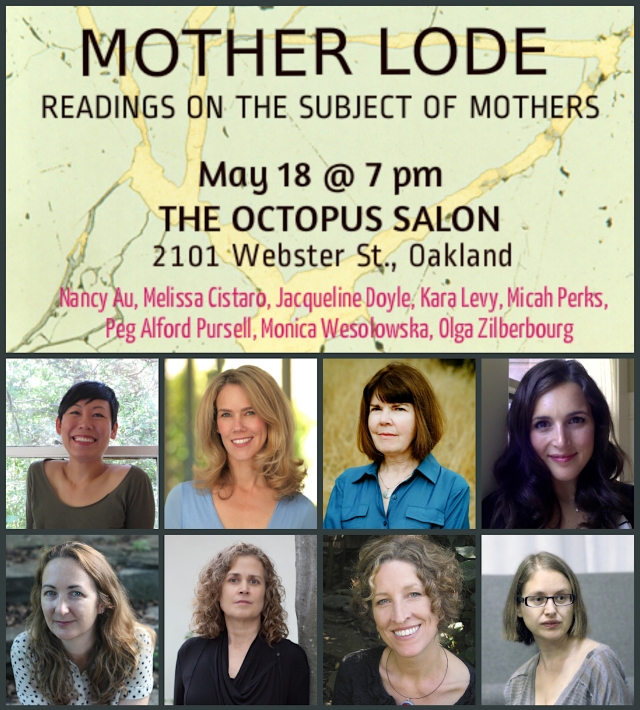Last year, when I participated, in a small way, with the launch of WTAW Press, I got a chance to read the manuscripts in draft form. This month, holding the two published books in my hand was a strange experience: an excitement coupled with worry, How will they hold up? Will the binding solidify the beauty I had glimpsed in the original writing? Will it bring forward the flaws?
Mike Smith’s book, And There Was Evening, and There Was Morning is a memoir of  terrible loss: the author’s first wife dies of cancer shortly after the birth of their second child. The book is a collection of essays, structured in such a way that in each piece, in each chapter, we return to this tragedy, over and over again. Fifteen times over we are with Mike and the kids, Virgina and Langston, losing Emily. Other sad, scary, happy, and funny things happen in the book. Mike meets his second wife, they marry and move together to a new town in a new state. His stepdaughter, coincidentally also named Emily, goes through a bout with cancer. But oh boy oh boy. Turn the page, and there’s his beloved Emily, dying again.
terrible loss: the author’s first wife dies of cancer shortly after the birth of their second child. The book is a collection of essays, structured in such a way that in each piece, in each chapter, we return to this tragedy, over and over again. Fifteen times over we are with Mike and the kids, Virgina and Langston, losing Emily. Other sad, scary, happy, and funny things happen in the book. Mike meets his second wife, they marry and move together to a new town in a new state. His stepdaughter, coincidentally also named Emily, goes through a bout with cancer. But oh boy oh boy. Turn the page, and there’s his beloved Emily, dying again.
Difficult reading? No, not at all. It’s a love story. The book reads like a love poem, on a single gulp of breath. Mike’s tendency to introspection, his openness to Emily and her world and the desire to continue his engagement with her interests and concerns, his ability to converse with her work after her death, is so endearing that from the very first sentences I want to know Mike, I want to spend time with him, I find in myself the resources to stay with him through his grief and to go there, into the hospital room, to be with Emily, in her final months, weeks, and days, over and over again. Emily Arndt was a scholar and I find it a solace that a book that she wrote, a revised version of her dissertation, has been published and can be found out there.
I’ll quote the first sentences from Mike Smith’s memoir, to give a sense of its rhythm and what I mean about it being a love story:
My first wife Emily and I were married for ten years. We met when she walked into the small bookstore where I worked and applied for a job. The manager must have hired her that very afternoon because we shared the following Saturday evening and Sunday morning turnaround shifts. It was fitting that we grew to know one another surrounded by books.
Thank you Peg Alford Pursell and WTAW Press for publishing this. Thank you, Mike, for sharing this story. Thank you also for all of your wonderful insight into story and character and the willingness to push and push on a thread of thought.



